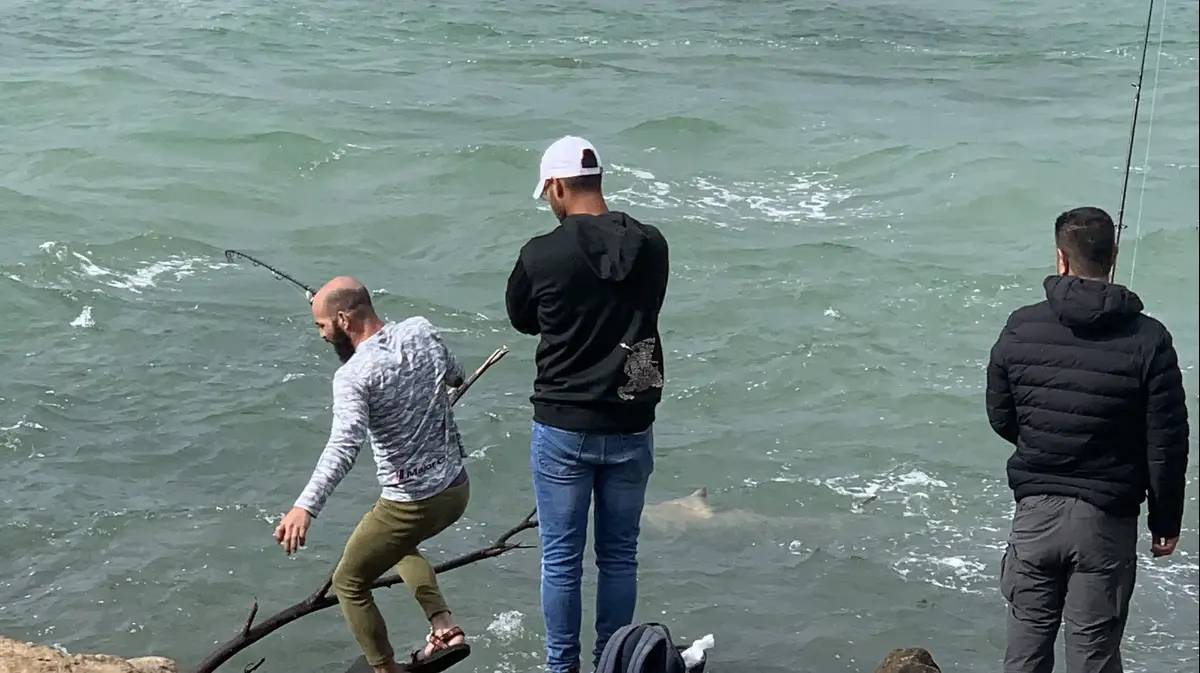The residents of Eilat were exposed during the last week to an unusual phenomenon, in which swarms of millions of planktonic snails from the group of sea butterflies invaded the city.
The last time the play was seen in such a large form was in 1994.
• Meet: this is the dog that broke the Guinness record
• Has the way been found to bring the Dodo chicken back to life?
• "Saves anxiety and money": the Israeli device that enables diagnosis and early detection of cancer in dogs
According to Omri Omesi, the inspector of the marine unit in Eilat at the Nature and Parks Authority, this is a tiny animal, the size of a single individual reaching a few millimeters.
"It's always fun to see the Bay of Eilat come to life, even when they are tiny. Swimming among the swarms of "butterflies" is a wonderful experience," he said.
"Sea Butterflies" on the seashore of Eilat, photo: Omari Omesi - Nature and Parks Authority
Dr. Bracha Prestei from the Inter-University Institute of Marine Sciences in Eilat, said that "the snail, of the species Cavolinia uncinata, appears in the Gulf of Eilat mainly during the winter season.
It belongs to the snails of the sea butterfly series (Pteropoda), which have a pair of butterfly-like fins (which develop from the moment snails crawl on the ground).
At all stages of their development, they live in the body of water as plankton.
The snail shell is cone-shaped and fragile.
The snail extends a mantle from the shell openings into the water, which increases the surface area and allows it to float passively, although it can actively swim using fins."
She added: "The snail feeds on plants and tiny planktonic animals, which are caught in a mucous net that it spreads out into the water and rolls into its mouth. Massive appearances of this species and other species of 'sea butterflies' are not common in the Gulf of Eilat, as this has already happened in past years. It is not yet clear what causes these massive performances."
She also noted that the 'sea butterflies' are not known to sting or harm humans.
were we wrong
We will fix it!
If you found an error in the article, we would appreciate it if you shared it with us











/cloudfront-eu-central-1.images.arcpublishing.com/prisa/KMEYMJKESBAZBE4MRBAM4TGHIQ.jpg)


